When I first started cooking, there were a few steps I always skipped in recipes. I never added zest to anything because it seemed like too much trouble, I rarely separated wet and dry ingredients in baking recipes because I was lazy, and I never let meat rest after it was done.
Needless to say, I ended up with a lot of bland dishes, flat baked goods, and tough, dry steaks and chickens.
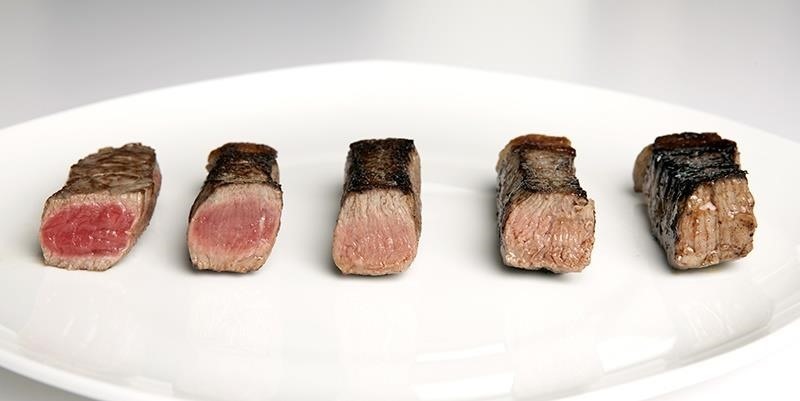
The biggest fear for those of us who refuse to rest meat is that it'll be cold and unappetizing by the time it gets to the table. Also, it seems a little ridiculous—it's cooked meat. Why does it need a nap in-between the oven and the dinner table?

However, letting meat rest is an integral part of creating the perfect, tender texture, along with slicing against the grain.
What Heat Does to Meat
Shirley O. Corriher, author of CookWise, describes what happens to meat as the process of shrinkage. A cut of meat is composed of long, narrow fibers. Below 120°F, these fibers lose a little moisture as they shrink in diameter. Keep in mind that a medium steak is about 140°F internally.
Above 120°F, the proteins now start to shrink in length, squeezing out much more moisture. By the time the steak is well done (160°F), that sucker is pretty much dry and you'd be better off ordering a slice of brisket.

Since the outer edges of a piece of beef, chicken, lamb, or pork get much hotter than the center, letting meat rest after removing it from the oven allows it to seek equilibrium, i.e. balance out the ratio of moisture and heat throughout the meat.
Letting Meat Rest = Rehydrating the Meat Proteins
Essentially, when you let meat rest, you give the meat a chance to keep cooking once it's been removed from its heat source (also known as carryover cooking and applicable to almost all foods that are cooked by heat, including vegetables and baked goods).
The heat that is concentrated in the outer edges of the meat gets a chance to move toward the center, while the higher degree of moisture in the center is thus forced outward toward the ends of the those long, narrow fibers, redistributing the fluid within the meat.

In other words, let your meat rest, and you'll get a piece of meat that's more evenly juicy. Serious Eats points out that the change in temperature when meat rests is the key to retaining and redistributing juiciness.
So How Long Should I Let Meat Rest?
Here's where most cooks get nervous, and understandably so. Meat is expensive, and you don't want to wait too long and gnaw on a cold and unappealing slab of flesh. But wait too little, and you run the risk of slicing open your steak or roast and having all that good stuff run out onto the cutting board.
Amazing Ribs does make a good point in noting that even if you slice into a steak too early, you'll just use bites of steak to sop up any juices that spilled onto the place.

That same article by Serious Eats mentioned above recommends you use a meat thermometer to gauge when the center of your cooked meat reaches about 120°F. This means about ten minutes for a 1½ inch steak and three-quarters of an hour for a prime rib. The Virtual Weber Bullet has put up a handy reference chart from Cook's Illustrated magazine.

I refuse to buy a meat thermometer because the last thing I need is another skewer-shaped something rattling around in my overstuffed kitchen drawers.
Over the years, I've evolved my own lazy system: five minutes for steaks and chops, ten minutes for a roast chicken, twenty to thirty minutes for a turkey or a prime rib. I skip the foil tent because I feel like it makes the crust on the meat go soft. Instead, I keep the meat in a warmish place, usually near the oven or sometimes on it, depending on how much space I have on my counters, which is usually not much.
Keep in mind that pulling your roast whatever out of the oven and carrying it to the table will take a few minutes, so account for that in your calculations.
What About Fish?
There's some debate about whether thick filets of fish (like salmon or tuna steaks) or fish with dense flesh (like monkfish and lobster) should rest after cooking. Some home cooks say that the brief couple of minutes that fish is on the plate after cooking and before serving is enough and I tend to agree with them.

Keep in mind that the protein structure of fish is different from beef—muscle fibers are shorter, for instance, and the collagen dissolves more quickly. The issue most cooks face with fish is in trying not to overcook it in the first place, especially when factoring in the heat from carryover cooking.
The Exceptions to the Rule
Very thin cuts of meat—anything less than an inch—won't benefit from resting and will lose their savor if left out for too long. Move those cuts from the grill, stove, or oven onto your plates and start eating.
Hamburgers also do not benefit from resting—the straw-like fibers within the meat that help redistribute moisture have been ground up. Eat those immediately once they're ready.

So learn from my errors and your cooking will benefit. Yes, zesting stuff is kind of a pain in the ass, but it really is worth it. Follow baking recipes with painstaking thoroughness until you've been cooking for years and really know what steps you can and can't skip. And always, always, let your pot roasts, chickens, and steaks rest, even it's only for a few minutes between the oven and the dinner table.
Just updated your iPhone? You'll find new emoji, enhanced security, podcast transcripts, Apple Cash virtual numbers, and other useful features. There are even new additions hidden within Safari. Find out what's new and changed on your iPhone with the iOS 17.4 update.
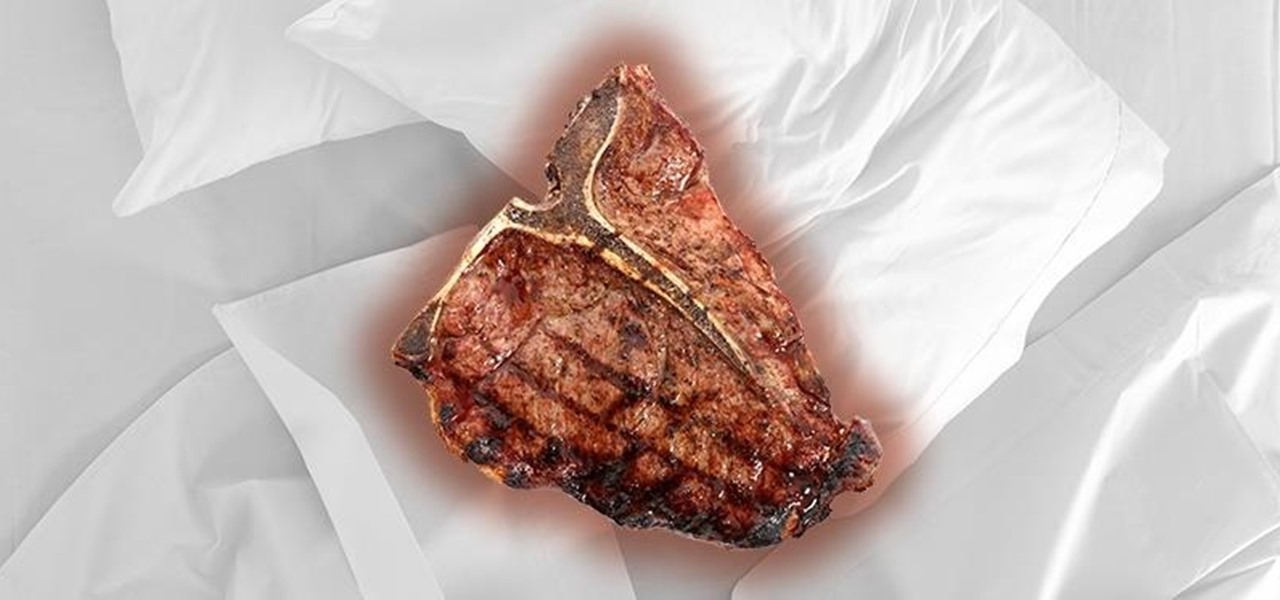



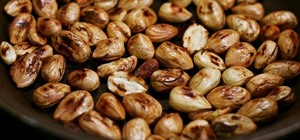





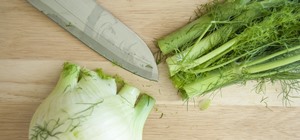

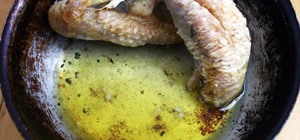





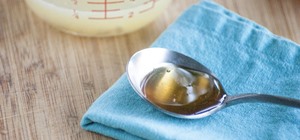
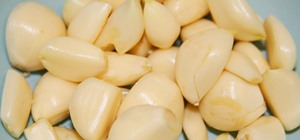
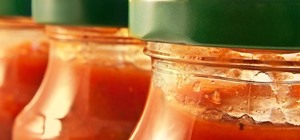

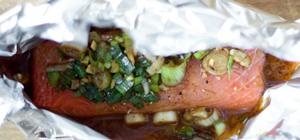
Be the First to Comment
Share Your Thoughts